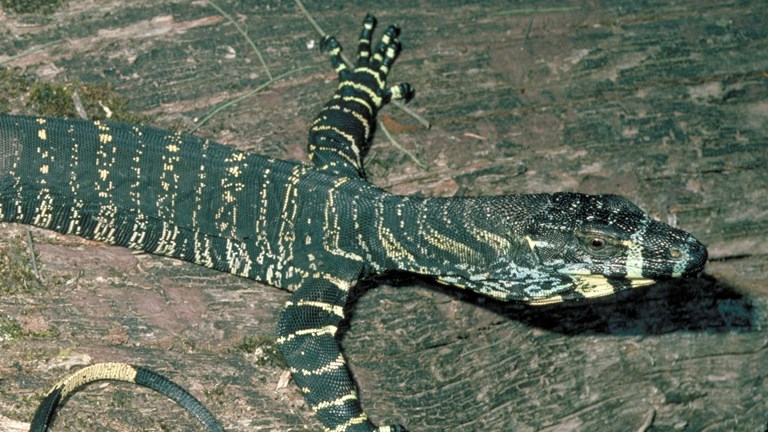
Tree Goanna
Varanus varius
Petaurus norfolcensis
The dry, open forests in which Squirrel Gliders live are in serious decline because of clearing for timber, firewood, agriculture and human settlement. Since trees must be around a century old to form the hollows that gliders need, restoring habitat is a long-term problem. There is competition for hollows from other species, including introduced Indian Mynas and feral honey bees. Habitat fragmentation and loss of food trees also pose very serious threats to Squirrel Gliders.
Squirrel Gliders
Squirrel Gliders are found in dry forests of eastern Australia.
Squirrel Gliders are possum-like marsupials with distinctive membranes of skin that stretch between their front and back legs. They use these membranes like wings or sails to glide through the air. They are also quick and nimble climbers.
They are closely related to Sugar Gliders but are much larger and have a longer, bushier tail and longer face. Their fur is mostly grey, with a dark stripe down the middle of the head and cream patches near their ears and on their bellies.
Squirrel Gliders live in family groups of two to ten which include young from previous seasons. Newborn Squirrel Gliders are carried in their mother’s pouch for over two months. When they become too large to carry, the young are left in the family nest until they are old enough to forage for themselves. Eventually, young Squirrel Gliders must leave their families to establish their own territory.
Being strictly nocturnal, Squirrel Gliders shelter in tree hollows during the day. They require open woodland with mature eucalyptus trees that contain suitable hollows. Their habitat supports a large variety of plants that flower at different times, so there is food available all year. Natural predators include owls and goannas, and domestic cats are also known to hunt Squirrel Gliders.

Varanus varius
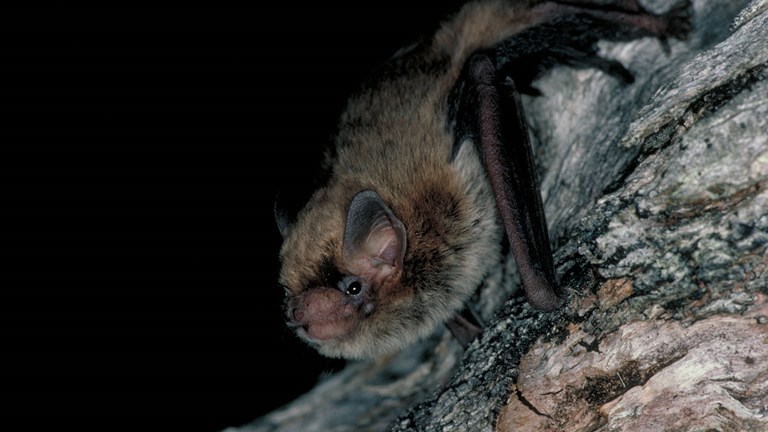
Vespadelus vulturnus
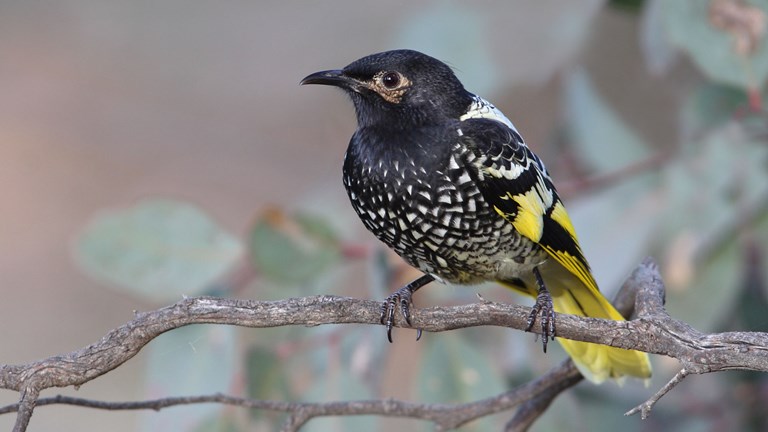
Anthochaera phrygia
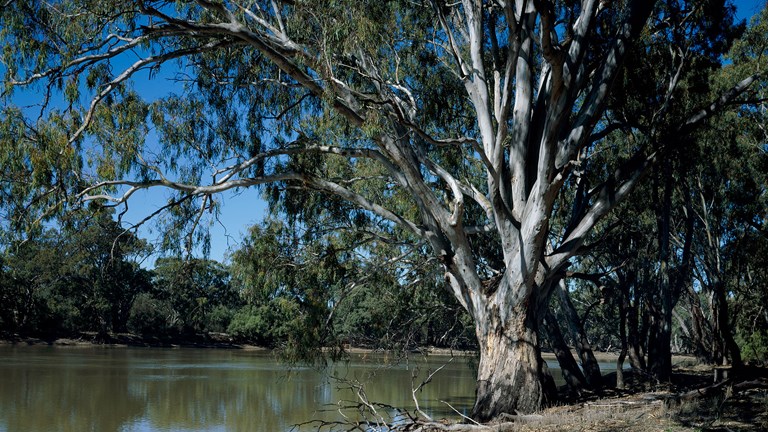
There are many types of dry forests in Victoria including stringybark, red gum, grassy woodlands and the remnants of the once great box–ironbark forests.
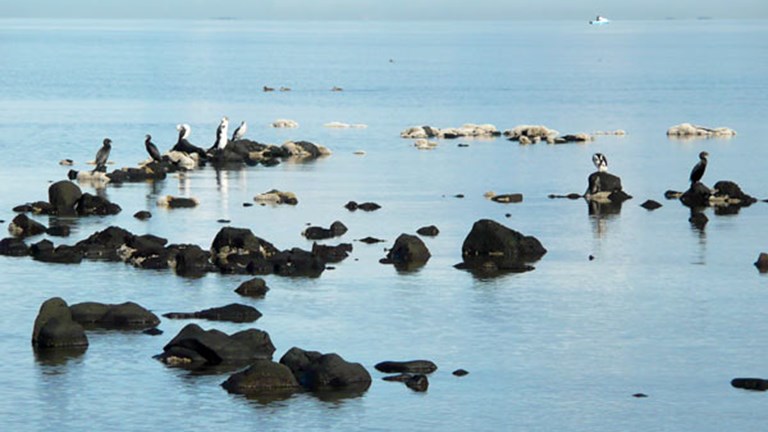
Victoria’s coastal wetlands are significant places for wildlife, with many listed in international conventions to protect the habitat of migratory birds.
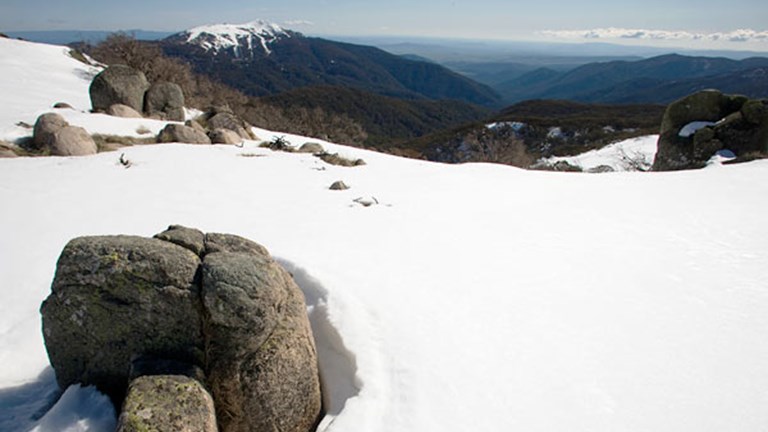
The Victorian Alps extend from the plateaus of Lake Mountain and Mt Baw Baw to peaks such as Mt Feathertop and the headwaters of the Murray River.
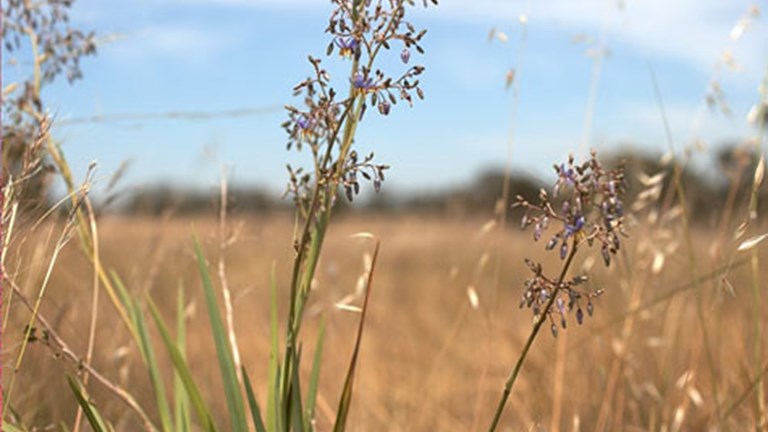
When the first Europeans arrived in Victoria there were grasslands on the vast, undulating western plains, on the northern plains and in Gippsland.
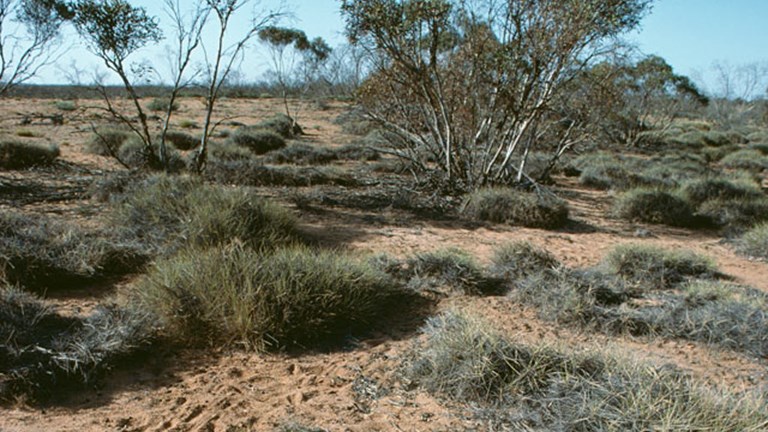
The Victorian Mallee in the north-western corner of the state has a mosaic of vegetation types adapted to low rainfall and sandy soils.
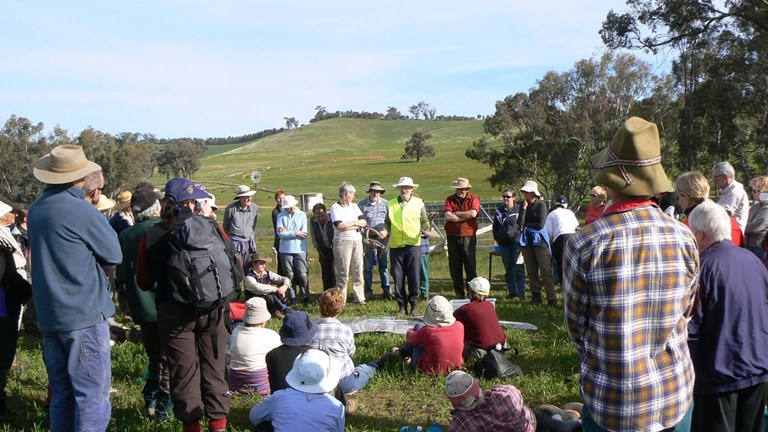
Find out about the issues affecting our special places and the plants and animals that live in them, and discover some ways you can help.
Museums Victoria acknowledges the Wurundjeri Woi Wurrung and Boon Wurrung Bunurong peoples of the eastern Kulin Nations where we work, and First Peoples across Victoria and Australia.
First Peoples are advised that this site may contain voices, images, and names of people now passed and content of cultural significance.